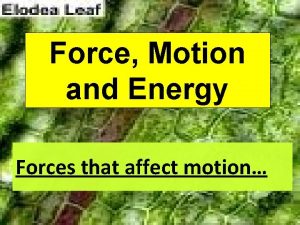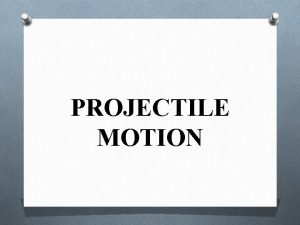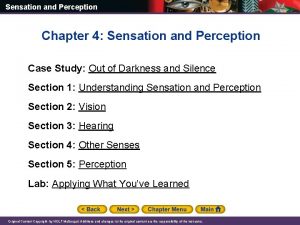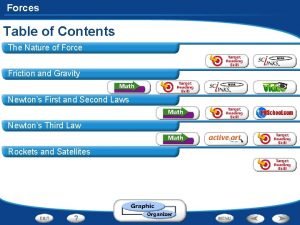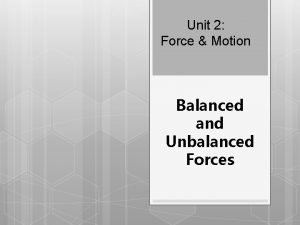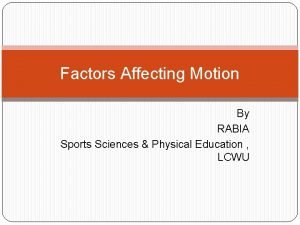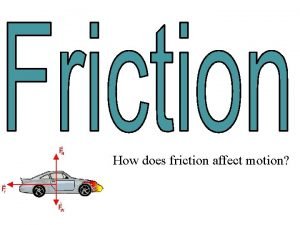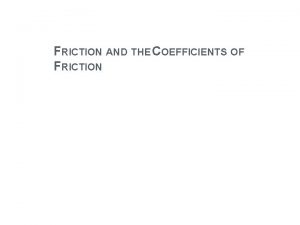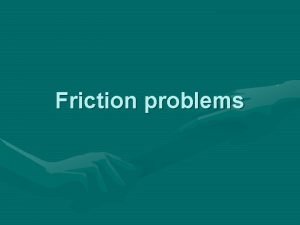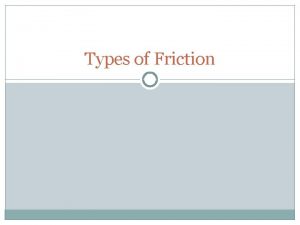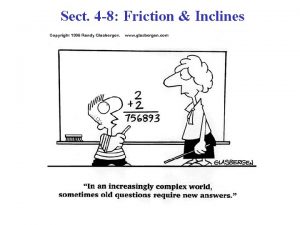How does friction affect motion What Causes Friction










- Slides: 10

How does friction affect motion?

What Causes Friction? • Friction is the force that opposes the motion between two surfaces that touch. • The surface of any object is rough. • Even an object that feels smooth is covered with tiny hills and valleys. • The contact between the hills of valleys of two surfaces causes them to stick, resulting in friction.

Friction as a Force Friction always works in the direction opposite from the direction the object is moving, or trying to move. • • It always slows a moving object down. Moving Friction

Types of Friction 1 st--Kinetic friction occurs when contact force is applied to an object and the object moves over the other • Examples: Sliding Friction: pushing an object across a surface Rolling Friction: between wheels and a surface Fluid Friction: opposes the motion of objects traveling through a fluid (air or water)

Types of Friction 2 nd Static friction occurs when force applied to an object in contact that does not cause the object to move.

Affecting Friction • Friction increases as surfaces are made rougher. • Friction increases when the force between two objects is increased. (weight increases friction)

Affecting Friction • To reduce the amount of friction, apply a lubricant between two surfaces. • Motor oil, wax, and grease are examples. The oil holds the surfaces apart, and can flow between them. The reduced friction means there is less wear on the metal, and less heat produced. • Friction can also be reduced by rolling, rather than pushing, an object. (put it on wheels)

Affecting Friction • To increase the amount of Friction you can make the surface rougher or use more force to press the objects together • Ex. Icy road—add sand to increase friction so you can walk or drive • Use a rougher sandpaper to smooth out really rough wood.

• Friction can be a useful force because it prevents our shoes slipping on the pavement when we walk and stops car tires skidding on the road. • It can keep your hands warm in winter • It helps clean stuck on food in pans. • It helps us smooth out rough wood

• Friction also produces heat and can be harmful. • It can cause engines to overheat, parts to wear out, and injuries to occur when skin is exposed to frictional forces. (rug burn!!!) • Causes tire tread to wear down or even your shoe tread to wear out.
 Forces that affect motion in plants
Forces that affect motion in plants Importance of projectile motion in our daily life
Importance of projectile motion in our daily life Meat clipart
Meat clipart What is force
What is force What two factors affect the force of friction
What two factors affect the force of friction Jill is climbing where does she need high friction
Jill is climbing where does she need high friction Standing still is balanced or unbalanced
Standing still is balanced or unbalanced Factors affecting projectile motion
Factors affecting projectile motion Factors of motion
Factors of motion What causes friction
What causes friction Friction
Friction
